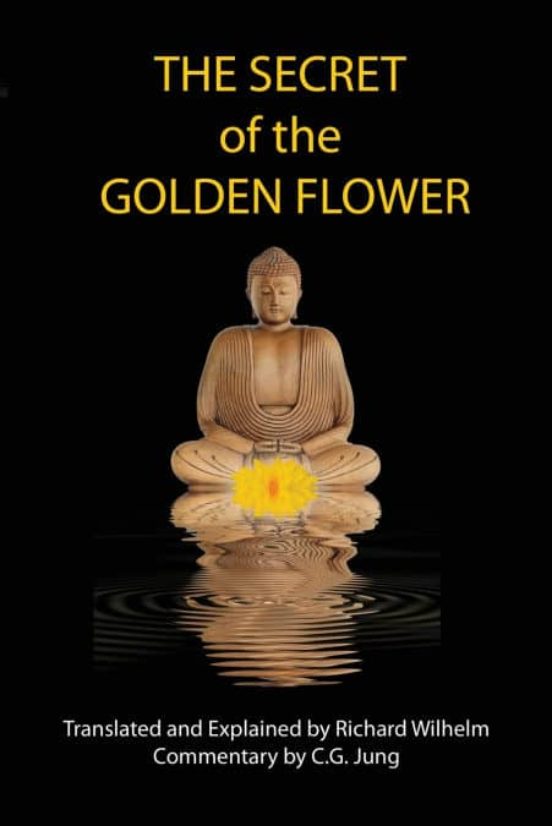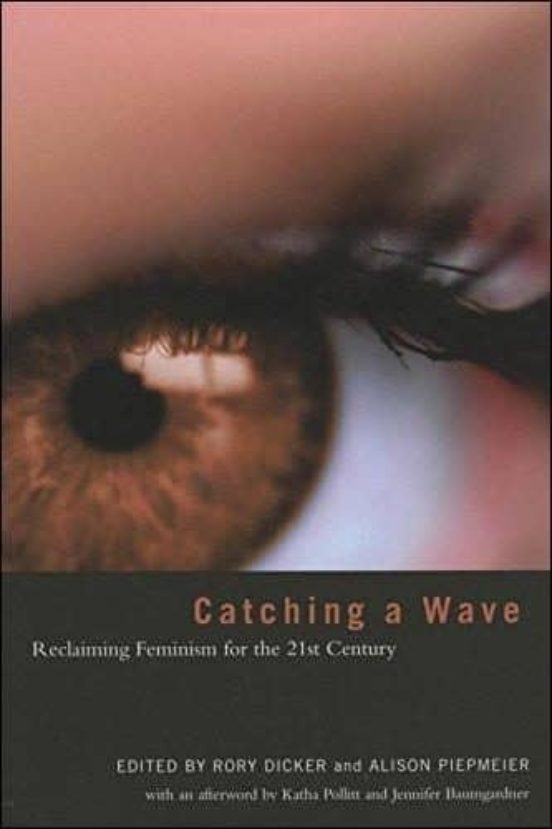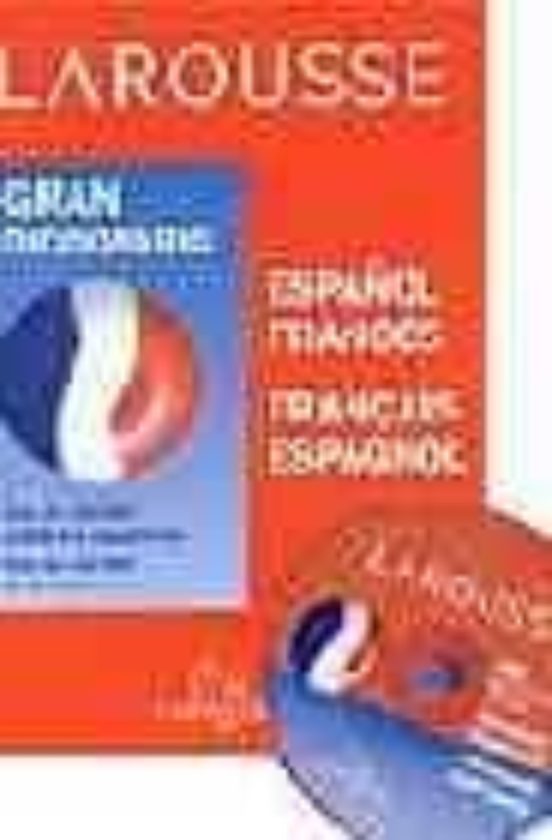the secret of the golden flower

El secreto de la flor de oro es un libro occidental que presenta una traducción e interpretación de la obra taoísta china sobre meditación Tai Yi Jin Hua Zong Zhi. La traducción de esta obra fue realizada por el sinólogo Richard Wilhelm en 1929.
The word ",secret", appears in many book titles in an effort to create sales, but the reader often finds few secrets inside. This book is a rare exception. There is a powerful secret to be found within these pages. It claims to contain the hidden jewel that both Eastern and Western religions have been seeking for centuries. Religions have lost their focus, having turned their attention away from this mystical process and toward their dogmatic theologies. The Golden Flower, in terms of this book, is the hidden light within the human body that is the key to spiritual enlightenment. This book reveals how the reader can tap into it using meditative and Taoist Yoga practices. This can result in higher wisdom, spiritual bliss and a complete transformation of consciousness. It includes a Commentary by the legendary psychologist C.G. Jung concerning the differences in consciousness between the East and West, as well as his closing Appendix honoring the memory and accomplishments of the original Translator of this work, Richard Wilhelm._,
- ISBN: 9781585093434
- Encuadernación: Sin formato definido
Secret of the Golden Flower is an ancient Chinese book from an esoteric religious sect. In “Memories, Dreams, Reflections” Jung wrote this about it: “I devoured the manuscript at once, for the text gave me undreamed-of confirmation of my ideas about the mandala and the circumambulation of the center. That was the first event which broke through my isolation. I became aware of an affinity; I could establish ties with something and someone.” I don’t like rating a book like this by stars. If you’re into Jung this is an important text but if you’re not it probably won’t be up your alley. For me, personally, the book’s teaching about non-action strikes a chord and makes me understand the words “have no expectations” as something “active” rather than “passive”; a conscious action. Here are two quotes on the subject: “The most important things in the great Tao are the words: action through non-action. Non-action prevents a man from becoming entangled in form and image.” “In what does the spiritual Elixer consist? It means forever dwelling in purposelessness … What I have revealed here in a word is the fruit of a decade of effort.” On meditation: “The chief thought of this section is that the most important thing for achieving the circulation of the light it rhythmical breathing. The further the work advances, the deeper becomes the teaching. During the circulation of the light, the pupil must co-ordinate heart and breathing in order to avoid the annoyance of indolence and distraction. The Master fears that when beginners have once sat and lowered their lids, confused fantasies may arise, because of which, the heart will begin to bat so that it is difficult to guide. Therefore he teaches the practice of counting the breath and fixing the thoughts of the heart in order to prevent the energy of the spirit from flowing outward.” From Jung’s commentary section of the book: “Our text promises to ‘reveal the secret of the Golden Flower of the great One’. The Golden Flower is the light, and the light of heaven is the Tao. The Golden Flower is a mandala symbol which I have often met with in the material brought me by my patients. It is drawn either seen from above as a regular geometric ornament, or as a blossom growing from a plant.”“When my patients produce these mandala pictures it is, of course, not through suggestion; similar pictures were being made long before I knew their meaning or their connection with the practices of the East, which, at one time, were wholly unfamiliar to me. The pictures came quite spontaneously and from two sources. One source is the unconscious, which spontaneously produces such fantasies; the other source is life, which, if lived with complete devotion, brings an intuition of the self, the individual being. Awareness of the individual self is expressed in the drawing, while the unconscious exacts devotedness to life.” I also like these quotes from the Chinese text: “Related things attract each other.” “Disciples, keep it secret and redouble your effort!”


